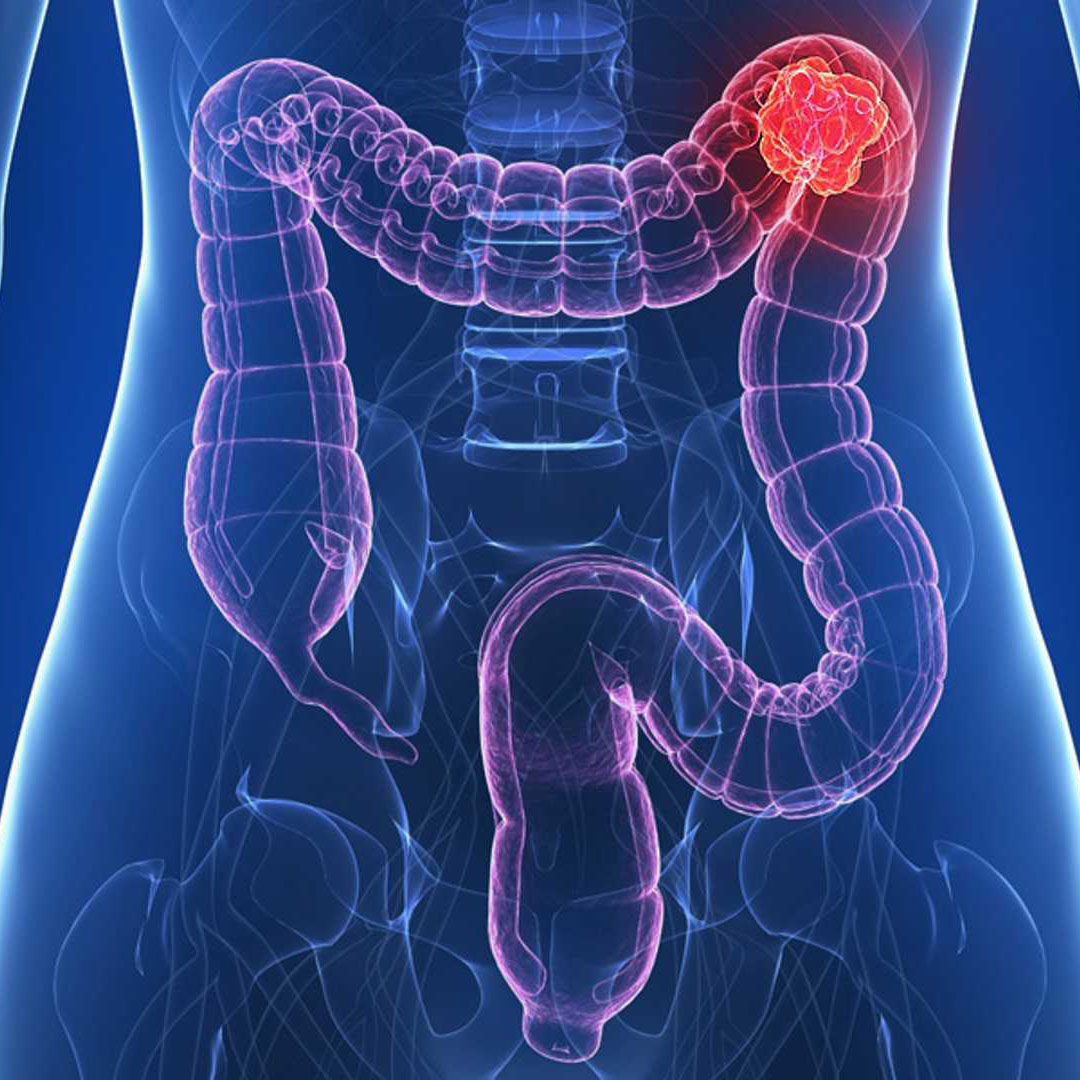Influenza In Children
- Home
- Influenza In Children

The flu season has begun and it has become a common disease in schools for the past 2 weeks. Influenza (flu) virus is transmitted by droplets (coughing, sneezing) or by touching contaminated surfaces. Therefore, when coughing or sneezing, we should cough into a handkerchief or into the elbow. We contaminate everything we touch with viruses that get on our hands.
When Should We Suspect The Flu?
Sudden onset of high and resistant fever, sore throat, headache, cough, widespread muscle and joint pain, vomiting and diarrhea can be seen in children.
Influenza should be considered in young children, especially if persistent fever and malaise are prominent.
Influenza virus can cause pneumonia. Another complication associated with influenza is muscle inflammation. In this case, the child may feel so much pain that he cannot stand or walk, and muscle inflammation is diagnosed with an increase in an enzyme called creatine kinase in the blood.
Is There An Influenza Test?
In case of clinical suspicion, it is recommended to perform a rapid Influenza test by taking a nasal swab. While positive results make the diagnosis, negative results do not definitively exclude the disease.
In treatment, specific antiviral drugs, symptomatic treatment for complaints and supportive treatment are recommended. Treatment is carried out with antipyretic drugs, rest, plenty of fluid intake, and consumption of foods rich in vitamin C.
In the home environment, rooms should be ventilated frequently, and closed environments should be avoided as much as possible.
It is recommended that people in the risk group defined by the Ministry of Health have the influenza vaccine. (People who are allergic to eggs or who have previously developed a serious allergy to the ingredients of the vaccine should not receive the flu vaccine.)
 What is Endometriosis (Chocolate Cyst)? What are the symptoms? How to Treat?
What is Endometriosis (Chocolate Cyst)? What are the symptoms? How to Treat?  Colon Cancer (Symptoms, Stages, Treatment)
Colon Cancer (Symptoms, Stages, Treatment)  Influenza (Flu) in Children
Influenza (Flu) in Children  Stomach Cancer Symptoms and Treatment Methods
Stomach Cancer Symptoms and Treatment Methods  What is Lymph Node Swelling? What Are The Reasons?
What is Lymph Node Swelling? What Are The Reasons?  When to Use Antibiotics? What are the side effects? What is Antibiotic Resistance?
When to Use Antibiotics? What are the side effects? What is Antibiotic Resistance?  What is Muscle Spasm?
What is Muscle Spasm?  What is MRI? How to Take an MRI with Medication? Is It Harmful?
What is MRI? How to Take an MRI with Medication? Is It Harmful?  What are the Causes of Diarrhea and Vomiting? How to Treat?
What are the Causes of Diarrhea and Vomiting? How to Treat?  What is Heart Failure? What are its stages? How to Treat?
What is Heart Failure? What are its stages? How to Treat?
